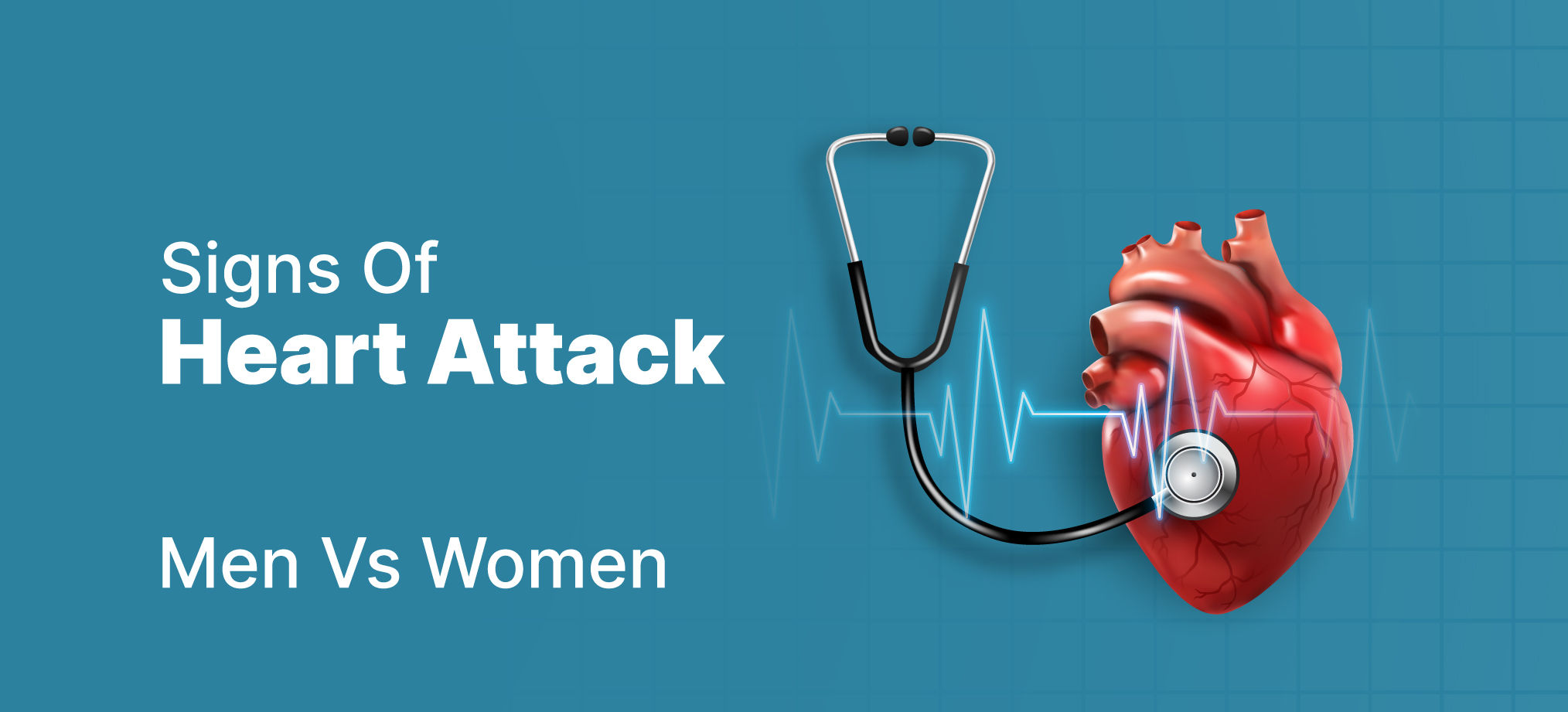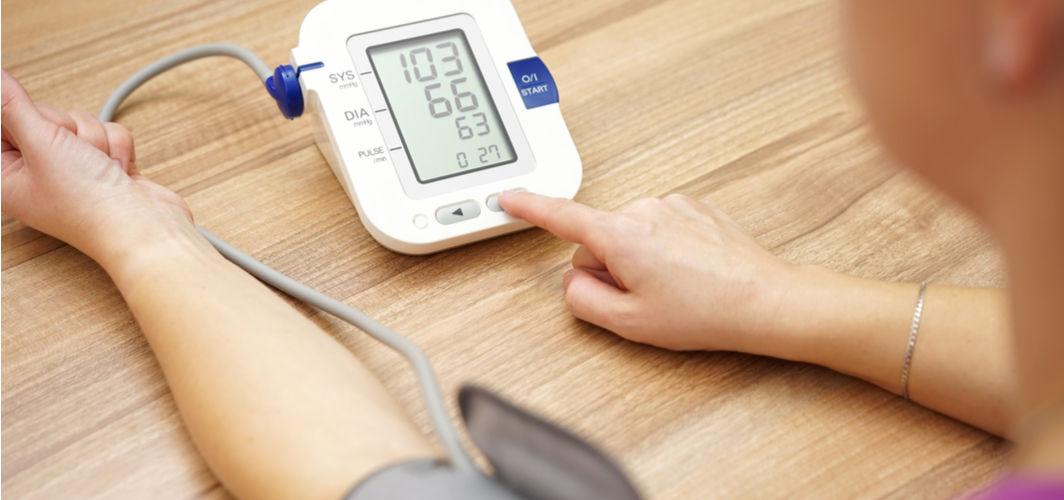Blood pressure is one of the most important health indicators that directly affects the overall well-being of the human body. It plays a key role in the optimal functioning of the cardiovascular and circulatory systems. Owing to its impact on the supply of blood throughout the body, it is essential to maintain healthy blood pressure levels.When it comes to blood pressure, having low levels is generally considered desirable. But this is not true in every scenario. In some cases, abnormally low blood pressure (hypotension) can lead to dizziness and loss of consciousness. Chronically low blood pressure can also signal an underlying health condition such as an inadequate flow of blood to vital organs. Although rare, severe hypotension can lead to life-threatening complications.
What is hypotension?
Hypotension is a condition in which the systolic blood pressure level is equal to or below 90 mm Hg and diastolic blood pressure level is equal to or below 60 mm Hg. Usually, blood pressure levels vary throughout the course of the day. As a result, a drop in blood pressure levels is usually temporary. Nevertheless, there are certain factors that can cause blood pressure levels to remain chronically low.
Having chronic hypotension can be an indicator of an underlying health problem, especially when the drop in blood pressure is too steep or sudden. Some of the most symptoms of hypotension are:
- Weakness or fatigue
- Dizziness
- Lightheadedness
- Blurry vision
- Shallow breathing
- Unsteadiness
- Nausea
- Fainting or loss of consciousness
- Pale, cold, or clammy skin
- Difficulty in concentration
- Depression
Book Apollo's Lipid Profile Test
Types of hypotension
Depending on the factors contributing to low blood pressure, hypotension is classified into four major types:
Orthostatic hypotension
The condition is characterized by a fall in blood pressure levels when an individual stands up suddenly after lying or sitting for a while. Normally, when a person stands, gravity causes the blood to pool in his or her legs. To overcome this, the body increases the heart rate and constricts the blood vessels to ensure enough blood reaches the brain. However, in orthostatic hypotension, this does not happen which results in a sudden fall in blood pressure levels.
Orthostatic hypotension can also be caused by prolonged bed rest, cardiovascular conditions, dehydration, diabetes, excessive heart, pregnancy, and certain neuro disorders. It usually affects older individuals but can also affect younger individuals.
Postprandial hypotension
The condition causes a drop in blood pressure levels after consumption of a meal. Usually, the blood flows to the digestive tract once an individual consumes a meal. This causes the heart to increase the heart rate and narrow blood vessels to maintain normal blood pressure levels. However, in people with postprandial hypotension, the mechanism fails and results in symptoms such as dizziness or lightheadedness.
The condition usually affects older individuals, people with hypertension (high blood pressure), or those with autonomic nervous system disorders (such as Parkinson’s disease).
Neurally mediated hypotension
The condition is similar to orthostatic hypotension. In this condition, a person experiences a decline in blood pressure levels after standing or exercising for a longer duration of time. Neurally mediated hypotension occurs owing to a lack of coordinated communication between the brain and the heart. The disorder usually affects younger individuals and children.
Shock-induced severe hypotension
The condition occurs when a person is in shock. Shock triggers a dangerous fall in blood pressure levels. As a result of severe hypotension, the brain and other vital organs do not get enough blood and oxygen to function optimally. Without prompt treatment, severe hypotension can lead to life-threatening complications, such as a damaged heart or brain.
Major causes of hypotension
Hypotension is a medical condition that can be caused by multiple factors. Some of the most common causes include:
Dehydration
A low intake of water can cause a significant drop in blood pressure. Dehydration can result in symptoms such as dizziness, weakness, and fatigue. Strenuous exercise or physical activity, overuse of diuretics, vomiting, and severe diarrhoea are some of the major risk factors for dehydration.
Poor diet
Regular intake of a diet that is low in micronutrients such as iron, folate, and vitamin B12, can restrict the production of red blood cells (anemia), leading to low blood pressure.
Cardiovascular problems
Certain cardiovascular conditions such as arrhythmias, heart failure, low heart rate (bradycardia), and heart attack can lead to hypotension.
To know the well-being of your heart: Book Apollo's Heart Check Test
Endocrine problems
Certain endocrinal conditions such as low blood sugar (hypoglycemia), parathyroid disease, adrenal insufficiency (Addison's disease), and, diabetes can bring about a drop in blood pressure.
Pregnancy
Pregnancy can trigger a short-term drop in blood pressure. During pregnancy, the circulatory system of women expands which results in temporary hypotension. Post-pregnancy, the blood pressure returns to normal levels.
Loss of blood
Loss of blood triggered by an injury or internal bleeding can cause a decrease in the amount of blood flowing in the circulatory system. This can lead to a decline in blood pressure levels.
Severe infection
A severe drop in blood pressure can be an indicator of septic shock, a life-threatening complication. When an infection enters the bloodstream, it results in a medical condition known as sepsis. To fight the infection, the immune system of the body releases certain chemicals that cause inflammation throughout the body. An uncontrolled inflammatory response can lead to septic shock.
Severe allergic reaction
A significant drop in blood pressure can be triggered by a severe allergic reaction called anaphylaxis. Severe allergic reactions can also cause an irregular heartbeat, swollen throat, itching, and difficulty in breathing. Triggers for anaphylaxis include latex, foods, insect venoms, certain medications, etc.
Other conditions that can cause hypotension include reaction to alcohol, heat exhaustion or heat stroke, damaged nervous system, and liver disease. Certain over-the-counter (OTC) and prescription medications for conditions such as high blood pressure, heart disease, depression, Parkinson’s disease, and erectile dysfunction can also lead to an instant fall in blood pressure levels.
Treatment and management
Treatment of hypotension usually depends on the underlying cause. Depending on factors such as age, health, and the type of hypotension, treatment may involve medications for conditions such as diabetes, heart disease, or infection. For orthostatic hypotension, a physician may prescribe drugs such as fludrocortisone or midodrine.
In most cases, hypotension can be managed naturally. Some of the measures that help include:
- Follow a balanced diet that includes fewer carbohydrates
- Increase the intake of salt
- Drink more water
- Avoid consumption of alcohol
- Become physically active
- Get up slowly from a seat or bed after sitting or lying down
- Avoid crossing legs while sitting
- Avoid standing still for longer periods of time
- Wear compression stockings
Conclusion
It is possible to manage and prevent hypotension by understanding the root cause and taking preventive measures. It is also equally important to know and avoid the individual-specific triggers. People who are already taking medications for low blood pressure should follow the prescription shared by the physician to avoid the risk of harmful complications.
For any questions on heart health, you can:
Medically reviewed by Dr Sonia Bhatt







